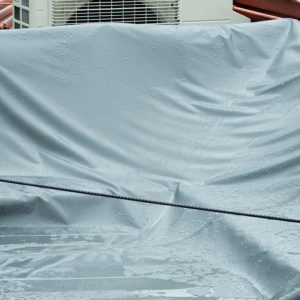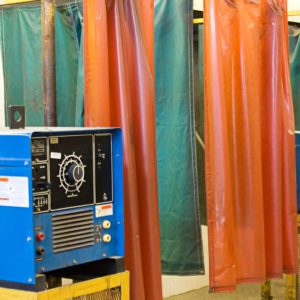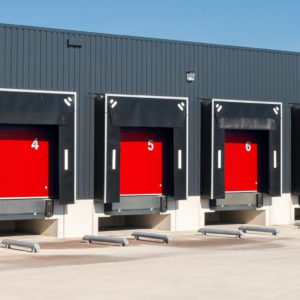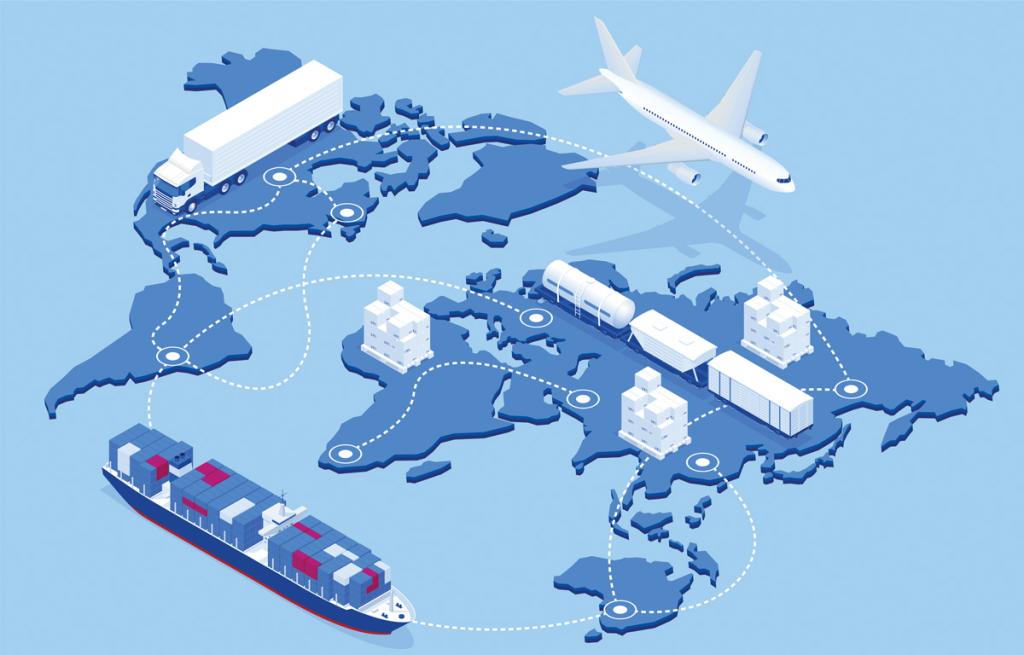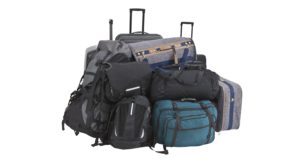The supply chain crisis has been an ongoing issue for more than a year as a result of COVID-19 disruptions, paired with a boom in consumer demand. Shortages appear to be so ubiquitous that the term “everything shortage” was coined to describe consumers’ frustration as they fail to gain access to their chosen products.
Business Insider’s Emma Cosgrove reported that there are a variety of factors that have led to the current dilemma. These include raw material shortages, factory closures, a lack of truck drivers, and port congestion.
The current conditions suggest the crisis is not going to ease any time soon. According to logistics experts, the backlog of containers stemming from a historic import surge in the United States will take until mid-2022 to clear out, if not early 2023.
In addition to ongoing logistical concerns, the COVID-19 positivity rates are climbing rapidly among longshore and office workers at the ports of Los Angeles and Long Beach. While labor availability has not yet been affected, the head of the Employers’ Association said the worst is yet to come.
With the new infection rate rising daily in the Unites States, according to the Center for Disease Control and Prevention (CDC), the first few signs are appearing that the fast-moving variant is beginning to further crimp labor supply. Longshore and office workers serving the ports of Los Angeles and Long Beach are increasingly reporting sick, although not yet to an extent that it’s causing shortages, according to the Pacific Maritime Association.
Los Angeles and Long Beach terminal operators said they have yet to feel the full impact of workers testing positive or being forced to quarantine after coming in contact with someone who has, but they anticipate it will soon affect the ability of terminals to fill work gangs. If that happens, ships will take longer to work at berth, which will cause existing vessel congestion to worsen as ships back up at anchor and beyond the anchorage area.
In summary, with COVID-19 still lingering, China’s continuing lock down of key provinces due to COVID-19, labor shortages worldwide, and a continued supply chain squeeze – we should be expecting further delays and cost increases to continue to add challenges for us all.
That said, we would like to take a moment to focus on all the things that are going well. Working with our customers and vendors to find success despite these challenges continues to bring meaning to our work every dayWhile we continue to expect longer transit times and other variables that may be out of our control, our team of experts is focused on planning for your needs in advance, that will be a big key to success in 2022 and 2023. We’re grateful for you and we’re excited to dig in and make 2022 a successful one for all of us!




